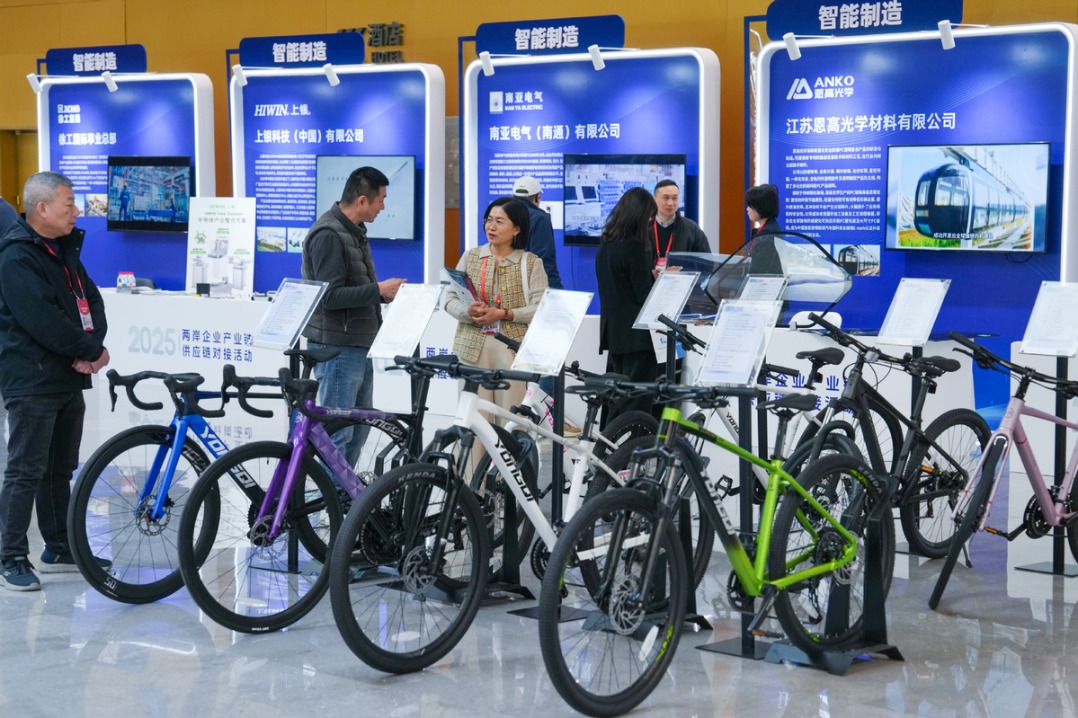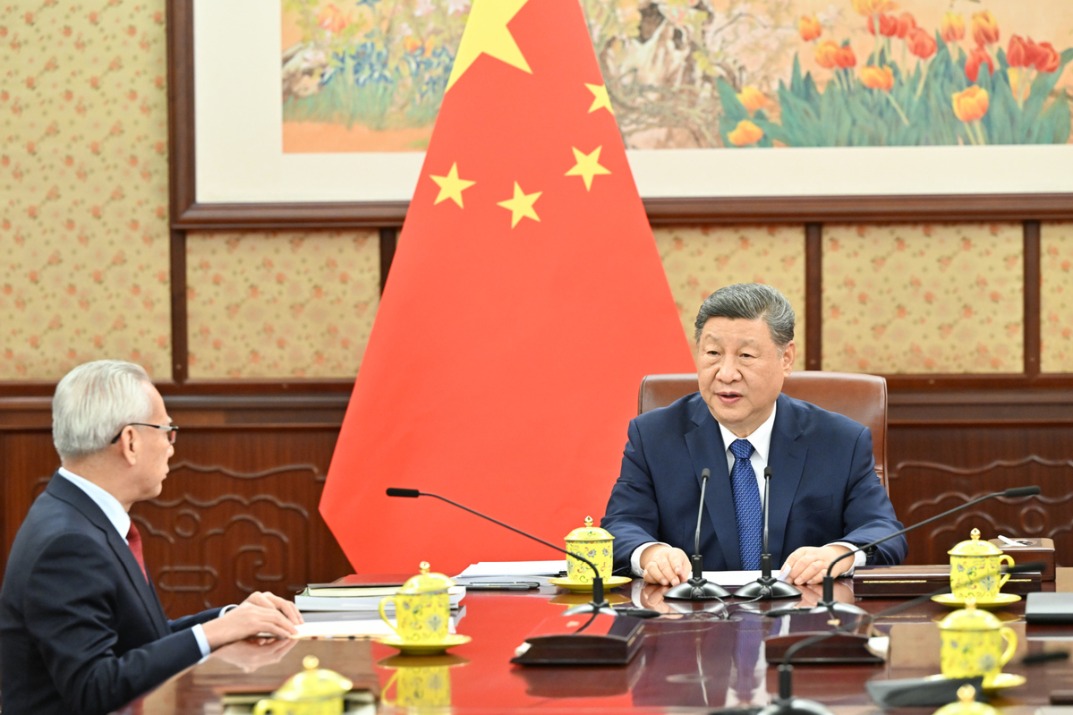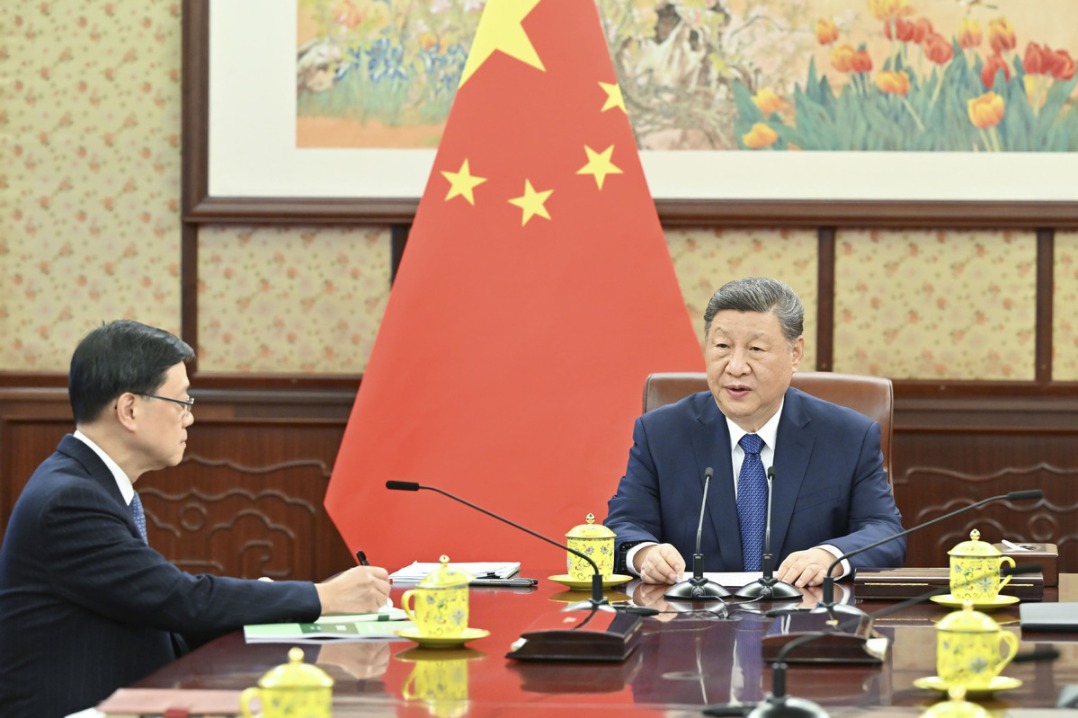Time is ripe for Australia to accept new climate reality
By Karl Wilson | China Daily Global | Updated: 2021-11-02 08:54

For years, Australia's conservative elite has been in denial of climate change. But now, even the right-wing press owned by media mogul Rupert Murdoch, which has for more than a decade given voice to climate deniers, has seen some light of reality.
Before he became prime minister, Scott Morrison was famously remembered for bringing a lump of coal into the Federal Parliament in February 2017, showing it to the opposition and saying, "This is coal-don't be afraid!"
Now, Morrison has traveled to Glasgow for the 26th United Nations Climate Change Conference of the Parties, or COP 26, with a "climate plan". The plan is short on detail, long on rhetoric and, as one academic put it, "has about as much weight as a wet paper bag".
Australia is one of the world's biggest emitters of carbon dioxide, or CO2. It is also the biggest exporter of thermal and metallurgical coal, as well as one of the world's biggest exporters of natural gas.
For months now, Morrison and his Liberal Party-led conservative coalition government have been coming under intense pressure from Australians and allies alike to accept the reality that climate change is real, and that Australia must change its course.
So what will Morrison take to Glasgow?
Morrison refuses to put together a comprehensive plan that will take Australia to net-zero carbon emissions by 2050, fearing a massive electoral backlash from the agricultural and resource sectors of the country. As for the criticism of Australia and its weak attitude toward climate policy, he simply says, "I won't be lectured by others who do not understand Australia."
On Oct 26, Morrison told reporters in Canberra that the government would target net-zero carbon emissions by 2050"the Australian way", by balancing the risk of climate change without damaging the economy.
"Our plan, most importantly, backs Australians to achieve what they want to achieve when it comes to achieving net-zero emissions by 2050. Australians want to do that, and our plan enables them to do that," Morrison said.
But he refuses to release the modeling that he says will take Australia to net-zero emissions by 2050. The Treasury, meanwhile, has said that it has not modeled the effects of climate change and emissions reductions on the nation's economy for years.
The United Nations Environment Programme said in a report released on Oct 26 that the latest climate commitments of nations fall far short of what is needed to meet the goals of the Paris Agreement on climate change. Even if all 2030 climate targets are met, the planet will warm by at least 2.7 C this century, it said.
That would mean missing the Paris accord's goal to limit the temperature rise to 1.5 C.
Business groups are backing limits on carbon emissions as the International Monetary Fund says the world needs a price on carbon, but the Australian government is ruling out both carbon caps and a carbon price.
None of this sits well with Australia's Pacific neighbors, who were expecting more from the country. Nor does it sit well with many of Australia's allies, including the United States, which expected something more ambitious.
Morrison has squandered a golden opportunity to show leadership on the climate issue in Australia. No one denies there will be pain as coal and gas give way to new, clean sources of energy, but that is where the real benefits will come from. A greener future will create new investment, new jobs and opportunities.
Unless Australia embraces the new reality with a climate policy that looks forward rather than backward, it will become a dumping ground for old, useless technology and the cost will be felt by all Australians.
Morrison had the opportunity to become a leader in climate policy with clearly stated, transparent goals to reach net-zero carbon emissions. Instead, he has chosen a path that appeases the conservative elements within the coalition who still see climate change as being exaggerated-despite the prolonged droughts, unseasonal flooding and catastrophic bushfires.
What Australia, and indeed the world, wanted to hear from Morrison was a comprehensive analysis of how to get to net-zero under different scenarios, to drive technological change and economic development. They also wanted to hear about a clear path for investment in green energy and how the country will handle the inevitable social and regional impacts of transition.
Here lies the reality for Australia: Like it or not, change will happen-except it will not be led by the federal government, but instead by the states and territories and the private sector.
As one commentator put it: "A commitment to net-zero emissions is a ticket to entry to the international climate negotiations. Yet committing to 2050 targets without immediate actions to get there is simply another form of delay."
The author is a China Daily correspondent based in Sydney. The views do not necessarily reflect those of China Daily.
























